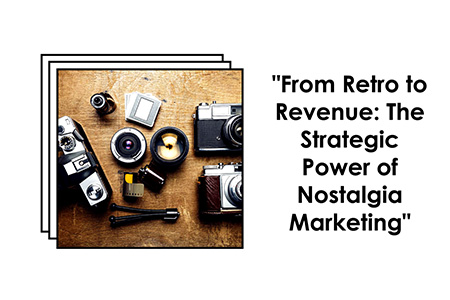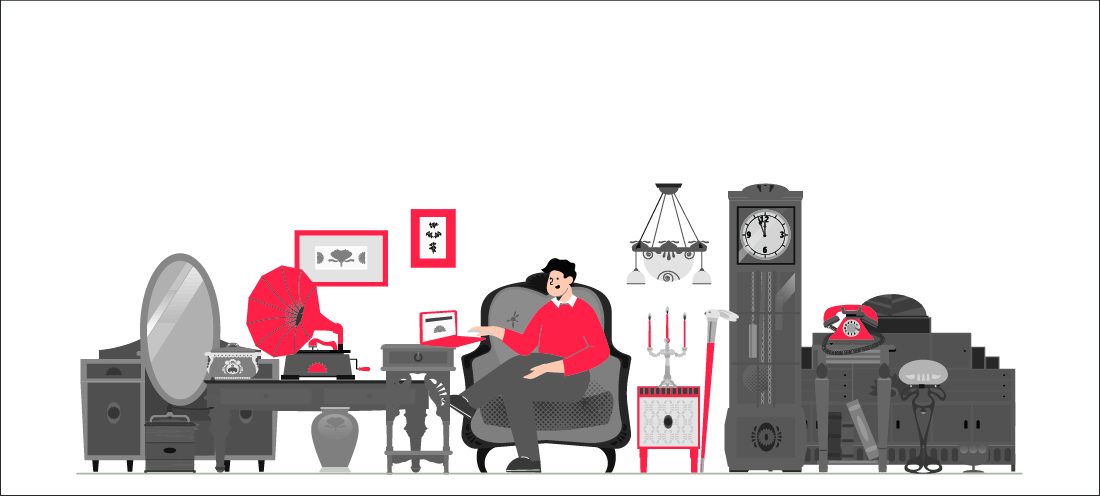Overview
Nostalgia marketing is a reflective strategy that taps into happy memories, good vibes generated by noticing vintage items. An obscure song, retro packaging, or cultural symbol is often implicated, but the intention is always the same: narrow affective distance between people and brands. In the midst of the excess of the new, nostalgia is a warm hug of familiarity, an oasis from the din of authenticity. It's less a question of recalling the past itself, it's more a case of recycling it to the benefit of the present. Companies that tap into the emotional strength of nostalgia stimuli are capable of forging solid, long term connections. That is one reason why nostalgia marketing is no fleeting phenomenon but a force to be contended with to gain resonance in an ever-changing marketplace.
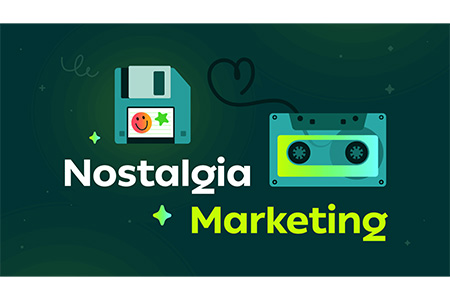
Why Does Nostalgia Marketing Work So Well?
Nostalgia marketing works because it evokes emotional reactions on a level of personal recall. When individuals remember the past or their most favorite moment, they inherently feel warmth, happiness, and security. Positive emotions have a direct impact on purchasing behavior, placing customers in an open state to receive a brand message. Nostalgia is also a psychological anchor that functions, especially in times of uncertainty, to give people a sense of identity, stability, and belongingness. Such a sense of connection fills the gap between product fundamentals or price. Those who excel at nostalgia marketing don't sell, they bond. It's such emotional connection that forms loyalty, so the campaign is less an ad and more a shared moment in time.
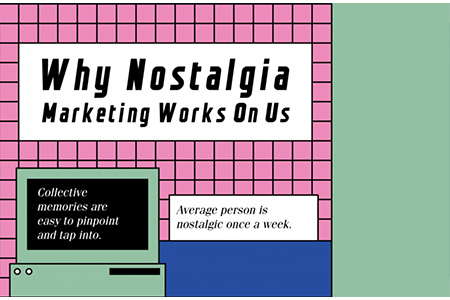
Why is Nostalgia Marketing important?
Nostalgia marketing succeeds because it allows brands to forge real connections with consumers on the basis of shared emotional moments. With consumer sentiment in the balance nowadays, familiarity is what builds credibility. If an ad succeeds through youth memories, vintage television shows, or retro fashion, it isn't selling a product, stirring a wisp of emotional recall. The approach reinforces brand loyalty through association of the brand with good vibes and long-term recall. Remarkably, nostalgia bridges generational gaps and brings brands to the people. Through making the brand experience personal and human, nostalgia marketing turns just passive observers into emotionally connected consumers. It essentially lets brands move past transactional relationships so they can make emotional, memory-based connections with the consumer.
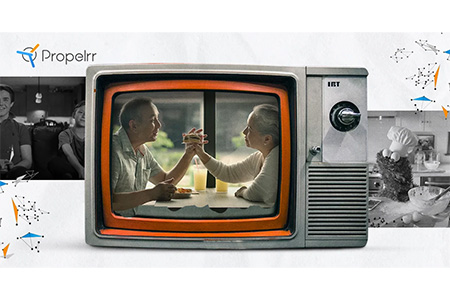
A Brief Look at the Rise of Nostalgia Marketing in India
The origins of nostalgia marketing in India are rooted on a shared sense of nostalgia for the past by millennials and Gen Z individuals, who were brought up in the '90s and early 2000s. Consumerism maturing led to brands digging up mythic ads, characters, and product design that had an emotional connection. Campaigns started borrowing pop culture references from yesteryear Indian television, vintage Bollywood, and old school FMCG advertising. When digital media boomed, so did such campaigns' visibility, converting days of nostalgia to viral hits. The marriage of cultural awareness and emotional connection struck deep into Indian hearts. Nostalgia marketing in India today is not just a creative choice, it's an effective, data-driven means to capturing hearts and purse strings.
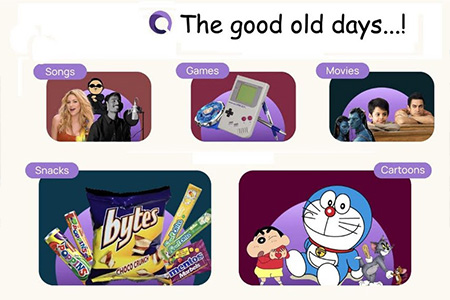
Famous Nostalgia Marketing Campaigns That Hit the Mark
India has seen several nostalgia marketing campaigns that hit deep into people's hearts. One of the special favorites is the reuse by Amul of its vintage cartoon strips-so there is timelessness of humor versus contemporaneity. Paper Boat constructs the entire brand based on nostalgia of summer holidays and street food during childhood. Coca Cola brought back the name-on-a-bottle theme, bringing back memories of childhood and friendship. Cadbury Dairy Milk stirred the iconic classic cricket ad from the 1990s, but this time reversed the gender roles, provoking immediate cross-generational nostalgia. Even Bajaj Auto revived its "Hamara Bajaj" jingle, riding national pride and sentiment. These campaigns worked not because they restored the past, but because they interacted with the present at appropriate levels.
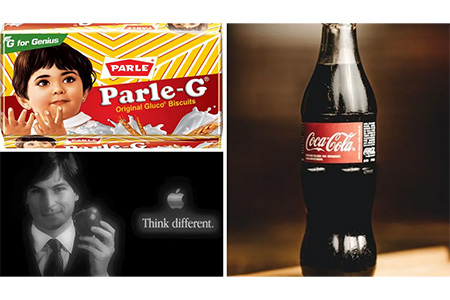
How to Use Nostalgia Marketing for Your Brand - Do's and Don't's
In order to effectively use nostalgia marketing, do know your audience's cultural and generational touchstones, what's nostalgic to one person will be irrelevant to another. Modernize a concept from the past to maintain the sanctity of memories. Never use nostalgia as a mere gimmickistic selling point; connect this nostalgia with your core values and brand message. Do write with an authentic voice, anything less will sound contrived. And make sure diversity is addressed because nostalgia must be inclusive and culturally sensitive. Research how such things trigger the memories of different age groups. And, again, don't overdo the nostalgia... It's good power, but it does well when it's meaningful and in little doses. In the judicious use, he marketing through nostalgia can harness emotional bonding and cement brand loyalty for good.
What’s the Future of Nostalgia Marketing?
Nostalgia marketing will combine retro with innovation. While it is true that some aspects of nostalgic feelings will always remain, increasingly the experience is interactive and personalized. Thus, to name a few, ultra specific moments such as memes, pop songs, or regional TV shows will surge in popularity. In the here and now, even younger crowds,-those in the throes of very fast digital transitions-have the yearning for simpler recent pasts. To say it very simply, nostalgia marketing is shifting from the very broad representation to very curated and emotionally intelligent storytelling. Thus, the brands that will resonate with this weirdly juxtaposed sentiment and marketing are the ones that will keep rolling and rolling in an ever-more emotion-driven arena.
